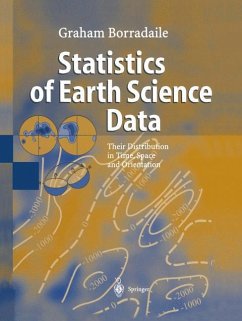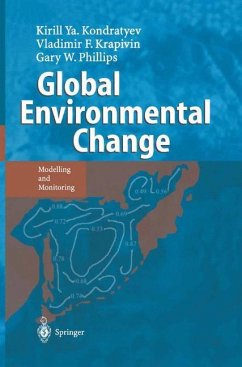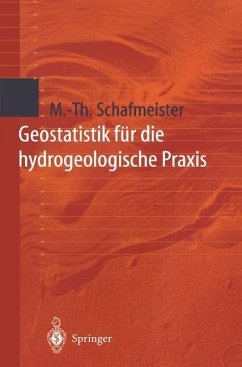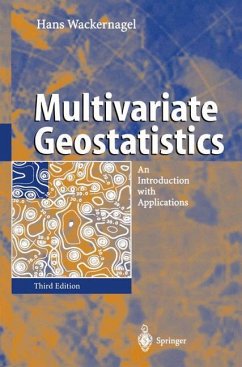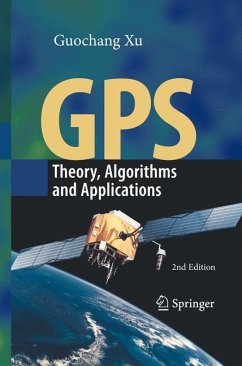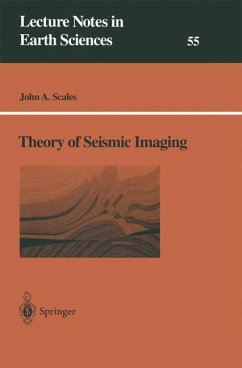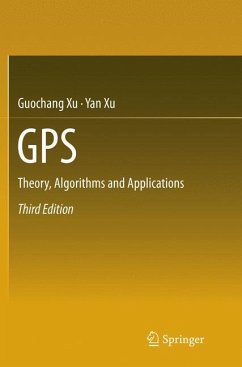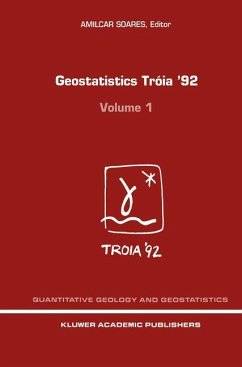
Sampling for Natural Resource Monitoring
Versandkostenfrei!
Versandfertig in 6-10 Tagen
174,99 €
inkl. MwSt.
Weitere Ausgaben:

PAYBACK Punkte
87 °P sammeln!
The book presents the statistical knowledge and methodology of sampling and data analysis useful for spatial inventory and monitoring of natural resources. The authors omitted all theory not essential for applications or for basic understanding. This presentation is broader than standard statistical texts, as the authors pay much attention to how statistical methodology can be employed and embedded in real-life spatial inventory and monitoring projects. Thus they discuss in detail how efficient sampling schemes and monitoring systems can be designed in view of the aims and constraints of the p...
The book presents the statistical knowledge and methodology of sampling and data analysis useful for spatial inventory and monitoring of natural resources. The authors omitted all theory not essential for applications or for basic understanding. This presentation is broader than standard statistical texts, as the authors pay much attention to how statistical methodology can be employed and embedded in real-life spatial inventory and monitoring projects. Thus they discuss in detail how efficient sampling schemes and monitoring systems can be designed in view of the aims and constraints of the project.
Table of contents:
Designing sampling schemes and monitoring systems (a classification of spatial inventory and monitoring problems, design of sampling schemes and monitoring systems, decision tree to methods); methods for global quantities (methods in space, methods in time, methods in space-time); methods for local quantities (Methods in space, methods in time, methods in space-time); methods for model parameters (spatial models, time series models, space-time models); appendices: optimization algorithms (optimization for design based sampling, optimization of model based sampling)
Table of contents:
Designing sampling schemes and monitoring systems (a classification of spatial inventory and monitoring problems, design of sampling schemes and monitoring systems, decision tree to methods); methods for global quantities (methods in space, methods in time, methods in space-time); methods for local quantities (Methods in space, methods in time, methods in space-time); methods for model parameters (spatial models, time series models, space-time models); appendices: optimization algorithms (optimization for design based sampling, optimization of model based sampling)




